Spain has no shortage of destinations that quickly delight visitors, but few have so many exciting elements neatly bundled together like the southern region of Andalusia. If you visit Andalusia, you’ll find places with ancient history, vibrant culture, and jaw-dropping beauty. Whatever your interests or travel style, you’re sure to head home feeling fulfilled. To help you get the most from the experience, we’ve compiled this list of tips for traveling to Andalusia, both for planning your trip and for exploring the region once you’re there.
Plan Enough Time for How Big the Region Is
The most immediate point to address in any list of Andalusia travel tips is just how large the region is. If you’re planning a trip there, the last thing you want to do is underestimate the size. Tourists often make this mistake with much of Europe and regret it when the trip doesn’t go as smoothly as expected.
As the second-largest region in Spain, Andalusia isn’t the kind of place you can run through in a few short days. You’d have no problem filling 10 or more days in this entertaining region. Not only do many of the major destinations deserve several days, but it’s also going to take some time to get from one destination to the next. Even just driving from one side of Andalusia to the other takes up to five hours.
For some perspective, Andalusia is the only region in Europe that touches both the Mediterranean Sea and the Atlantic Ocean. In other words, plan a lot of time for your trip if you really want to explore this region and everything it has to offer.
Catch a Flamenco Performance
Getting to know a place’s culture is one of the more rewarding parts of travel, and flamenco is a great inroad to Andalusian culture. Combining song, dance, guitar, and body percussion, this communal art form has been performed in Andalusia for centuries and developed many variations and complexities along the way.
Depending on your level of interest, you can partake in various experiences to enjoy flamenco in Andalusia. One way is simply to head to a flamenco bar (tablao) to watch a performance live and up close. There are also flamenco museums where you can explore the art’s origins and intricate makeup. For serious enthusiasts, flamenco classes and workshops are the way to go.
Prepare for Longer Gaps Between Meals
Discovering the food of a destination is part of the fun of travel, but one of our travel tips for Andalusia has less to do with what or where to eat than when to eat. Andalusian cuisine is a joy to experience, whether it’s bite-sized tapas, the abundant seafood, or regional favorites like gazpacho (cold vegetable soup). The real trick here is adjusting to the later mealtimes of the Spaniards.
Lunch and dinner are eaten considerably later in Spain than in other parts of the world. Lunch is usually around 2 p.m. and dinner at 9 or 10 p.m., though some restaurants open for dinner at 8 p.m. Your first few days in Andalusia might be tough as you adjust to the schedule, but try to fall into the local routine as quickly as possible, perhaps setting aside snacks to tide you over until dinner.
Visit the Costa del Sol or Other Beaches
Many tourists come to Spain for the sun and sand. Andalusia has an endless selection of beaches to enjoy, especially along the famous Costa del Sol (Coast of the Sun). The big name on the Costa del Sol is Málaga, a province of culture, sightseeing, and fantastic beachfront. Other popular vacation spots here include the resort towns of Marbella and Nerja, though they offer a little less variety in things to do.
The one drawback to the Costa del Sol is that it’s been a popular tourist destination for decades. With that kind of longevity, some of its originality has worn away as it caters to foreign tourists. But Andalusia has plenty of coastline, some of which retains its untouched feel. For a taste of this, you can head down past Gibraltar to the small surf town of Tarifa, or venture the other way to the beautiful shores near Almería.
See the Major Cities and Towns
When planning a trip to Andalusia, you’ll probably start by looking at the cities. Besides the beaches, these are the destinations the region is best known for – with good reason. History, culture, and fun abound in Andalusia’s cities, making them a great place to immerse yourself in everything that makes this region special on your first trip to Andalusia.
In addition to provinces like Málaga, Seville and Granada are perfect examples of this type of city, offering plenty of things to do. You’ll have no trouble finding something that captures your attention, whether it’s the enchanting beauty of the Alhambra in Granada, the ancient castles of Málaga, or the lively bar scene in Seville.
Even outside the big cities, the smaller cities and major towns keep things interesting. If you visit Córdoba, Cádiz, or Ronda, you may be surprised at just how much these smaller places have to offer.
Explore the Region’s Many Landscapes
With so much focus on Andalusia’s coastline, many tourists don’t realize how many other spellbinding landscapes the region has. The fantastic mountains and hilly countryside may be its most underappreciated attributes, so exploring this side of the region is one of the most valuable travel tips for visiting Andalusia. You just have to look at the mountains of the Sierra Nevada National Park outside Granada or the Sierra de Grazalema Natural Park near Ronda to understand why. These areas are made for hiking and full of postcard-perfect views. But the landscapes of Andalusia are also quite diverse, with the deep Caves of Nerja and the surprising Tabernas Desert outside of Almería.
Plan Your Day Around the Siesta
After a big lunch, people in Spain traditionally take a siesta (afternoon nap) to pass the hottest part of the day. Even if you already know this, it’s hard to understand how the siesta affects local life until you experience it. For instance, most shops and other businesses shut down for much of the afternoon. Though siestas have become less common in some parts of Spain, keep this in mind when planning your days.
You can generally count on businesses like supermarkets to close in the early afternoon, often from 2 to 4 or 5 p.m. Restaurants are still open around 2 p.m., as this is when locals have lunch before their siesta, then close from 4 to about 8 or 9 p.m. That’s why you won’t find restaurants open for dinner around the time you usually eat. Exploring around 2 p.m. can be quite nice, though, as the streets are much quieter then.
Avoid Summer if You Can
Europe in summer isn’t all it’s cracked up to be, especially in Andalusia and some other parts of Spain. Sure, the blue skies are great for sightseeing and sitting outside at bars and restaurants. But that perk comes with scorching heat, which makes time away from shade or air conditioning less appealing.
Of course, tourist crowds are another reason summer isn’t an ideal time to visit. Also, August is when local Andalusians often take their own summer holidays. In cities like Seville, the number of tourists becomes much more obvious as the ratio between locals and visitors shifts. If you’re looking for meaningful interactions with local Andalusians, August is the worst time to visit.
Shift your trip to either side of summer if possible, as spring and fall are when Andalusia really hits its mark. Shoulder season is always a great alternative to high season, as fewer tourists means better prices and more availability. Months like May and September have excellent weather for all sorts of activities and are a little less crazy.
Don’t Feel Like You Need a Car
Visitors to Andalusia are in luck when it comes to public transport. It’s remarkably easy and affordable to get between and around destinations in this part of Spain. Its major cities and destinations lie on a well-worn tourist trail, so you’ll find plenty of information on how to get from point A to B.
The wide availability of public transit in Andalusia means that you can painlessly get from one city to the next without a car. Driving isn’t necessary in the cities themselves either. Towns like Córdoba and Ronda are easy enough to explore on foot, while bigger cities have local buses. Seville even has a metro system.
However, there are some advantages to having a car in Andalusia. Not only does it give you the freedom to personalize your itinerary as you see fit, but some places are genuinely fun to drive through, such as the Sierra de las Nieves mountains en route to beautiful Ronda. If you do plan to rent a car, we recommend using Rentalcars.com to get the best price. Alternatively, CarGest also offers competitive rates and reliable service for car rentals in the region.
Go, Just Go
In the end, the best of any traveling tips for Andalusia is also the simplest – go. You won’t regret the choice to travel to Andalusia, an engrossing region full of amazing food, culture, and beauty. If Spain wasn’t already a favorite place of yours, spending time in one of its best parts is sure to make it one.
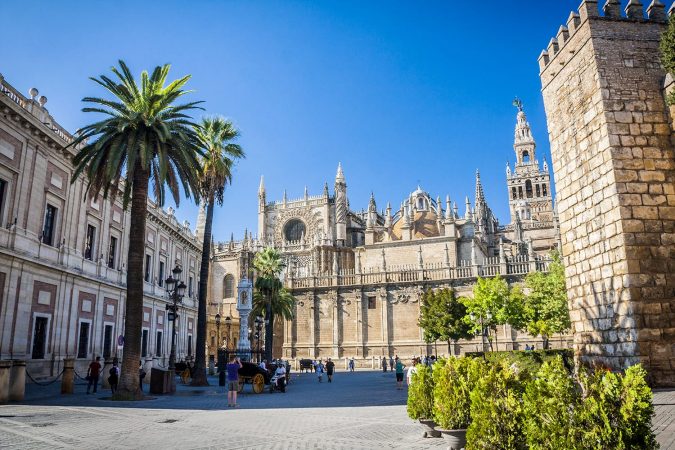
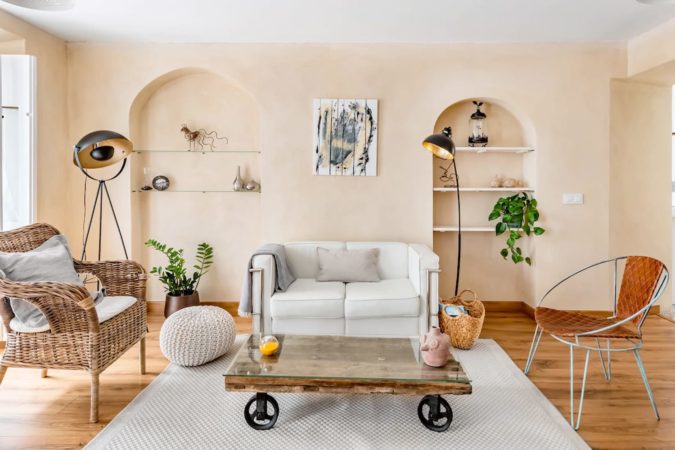
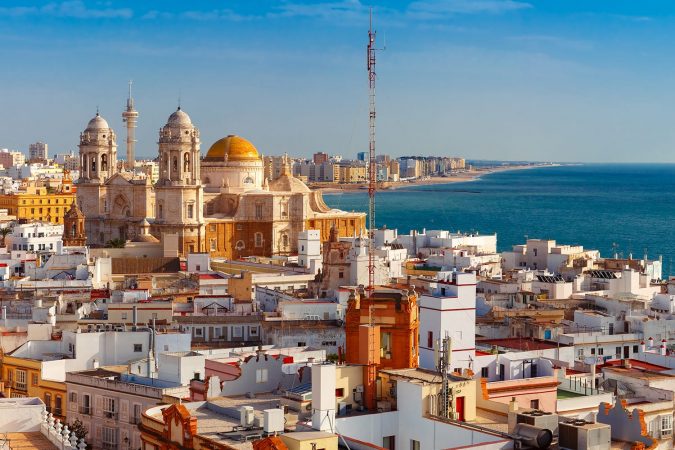
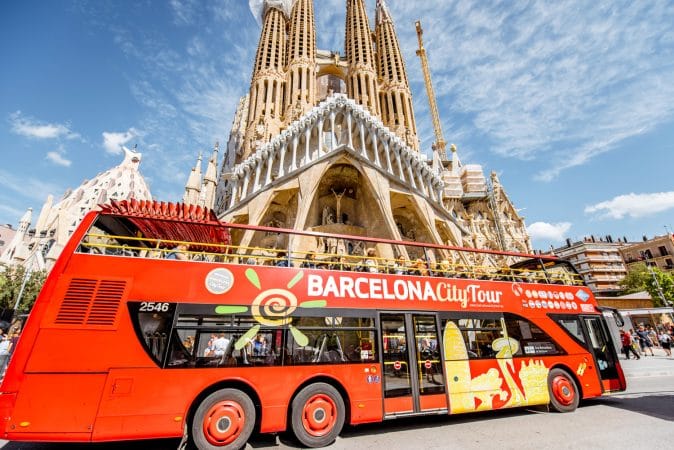
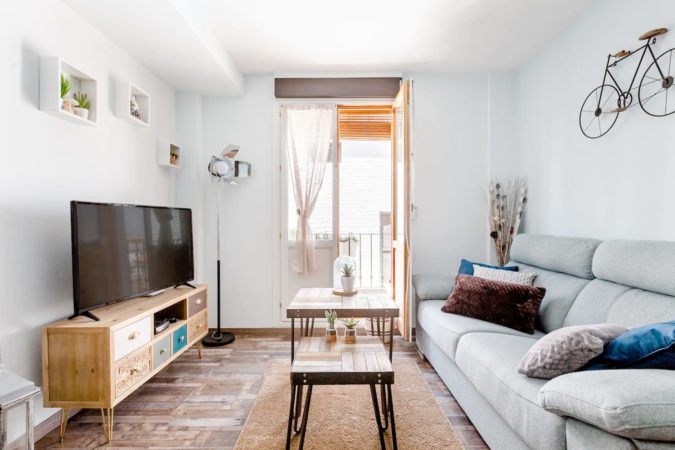
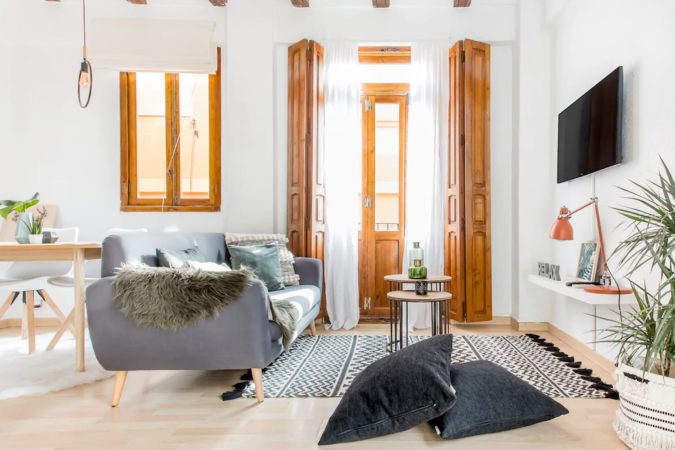
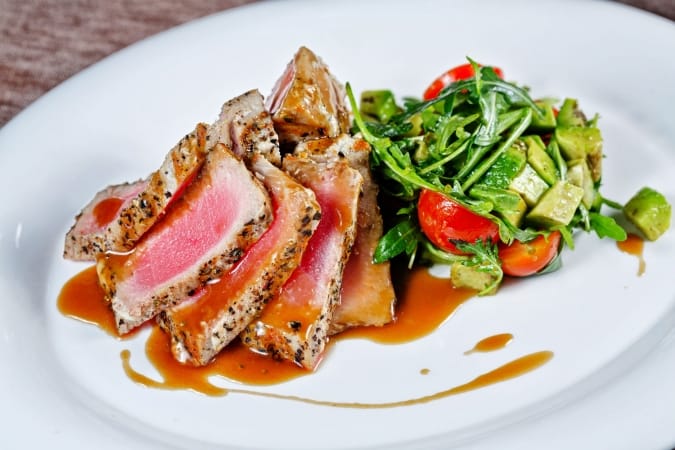
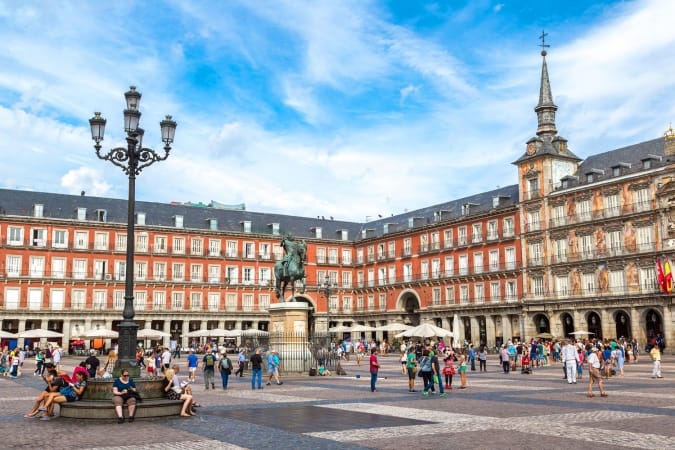
Comments